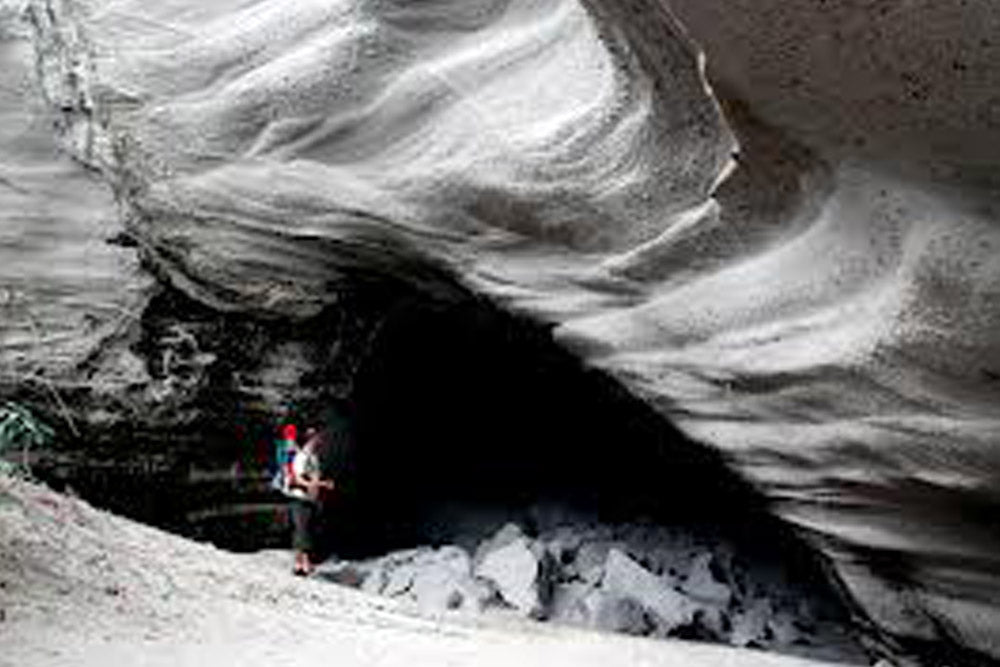

As part of Asian-Pacific American Heritage Month, we’re turning the Bula blog back in time to celebrate one of the founding fathers of Vanuatu culture, Roi Mata.
History records Roi Mata as a powerful Melanesian chief during the 13th century from an island that is now part of Vanuatu. While Roi Mata’s reign was believed one of peace and harmony, the life of the last great chief of Vanuatu met with a vicious end marked by betrayal. However, the final resting place for Chief Mata remains one of Vanuatu’s lasting cultural treasures, and has left an indelible mark on the nation’s culture and way of life to this very day.
Turbulent Times
From the remnants of discovered clay pottery, the earliest documented settlement on Efate Island – currently the most populated island of Vanuatu – dates back to around 3100 BC. Archeologists believe that similarly sized communities to what has been found on Efate also existed on neighboring islands during this period, although the earliest known date for civilization on any of the islands that currently exists as part of Vanuatu dates back three hundred years earlier.
The archeological record shows pottery production ends around 1500 BP, which history suggests shortly preceded the adoption of a chiefly title system similar to what was used in western Polynesia during this same period in time. Over the next 3,000 years, the ancient inhabitants of Vanuatu continued to live in a tribal based culture with one member placed as chief, as did many of the cultures found in the South Pacific.
Life on Vanuatu experienced massive upheaval in 1452 AD when the Kuwae volcano erupted on the Shepherd Islands.
While the exact events over the next 150 years remain incomplete, historians believe that communities across Efate Island banded together into various warring tribes. Whether these tribes fought over the encroachment of lands from those displaced by Kuwae’s eruption or reasons lost to time, history records a long period of warfare known as the Great Efate War ended around 1600 AD. The resolution to this long conflict has been attributed to Roi Mata who successfully conquered the land, according to legend.
It is said that upon conquering the various tribes of Efate Island, Roi Mata sought to unite all of the people of the land into one tribe. Legend says that Roi Mata’s victory caused a mass exodus of the chiefs from all of the tribes of Efate from the island, leading historians to credit Roi Mata as leading a social revolution that helped to abolish the tribal system of Vanuatu.
Chief Roi Mata’s Domain
Legend says that Chief Mata died after being poisoned by his brother’s hand. Fearing that his spirit would haunt the land after his brother’s murderous actions, the people refused to bury Mata in his homeland of Efate Island. Instead, Chief Mata and 25 of his retainers were buried in a site located on Eretoka, a small island that sits off the western coast of Efate.
The burial site of Roi Mata was discovered in 1967 by French archaeologist Jose Garranger who found the grave by analyzing local folklore for clues. In 2008, the United Nations Educational, Scientific and Cultural Organization (UNESCO) gave Roi Mata’s domain World Heritage status, the first such site in Vanuatu to receive the UNESCO designation. It consists of three sites located on the islands of Eretoka, Lelepa and Efate linked to the last paramount chief of Vanuatu’s life and death. The heritage site includes the place of his birth, site of his death and mass burial site. UNESCO regards these sites as serving as a lasting reminder of Roi Mata’s social reforms and resolution to the island’s long standing conflict.
Out of reverence to the long gone but not forgotten chief, the name Roy Mata is never used among the people of Vanuatu still to this day.
